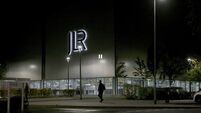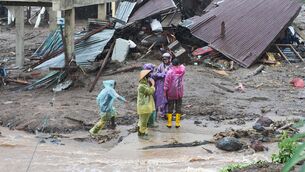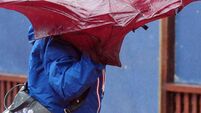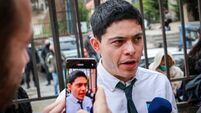Trying to put back together the pieces of broken lives in Yemen

The quivering needle hits the 30kg mark, the maximum weight Yasser can put on his leg since an explosion in his native Yemen ripped through the limb.
In downtown Amman, in Jordan, hundreds of people like Yasser are under the care of MSF doctors treating war wounded victims of some of the region’s most brutal wars.
















